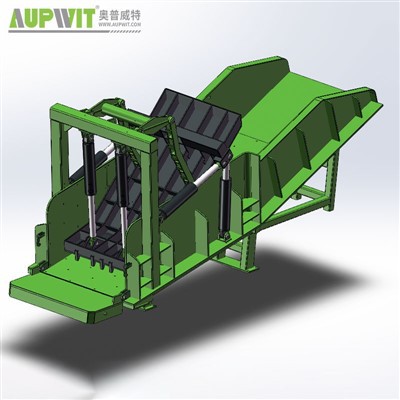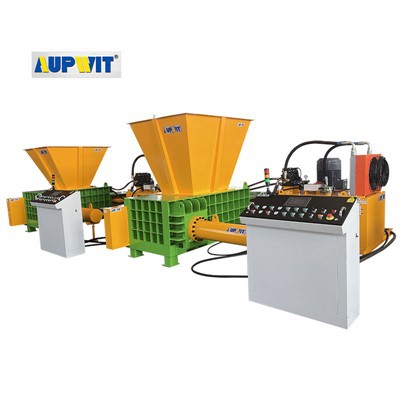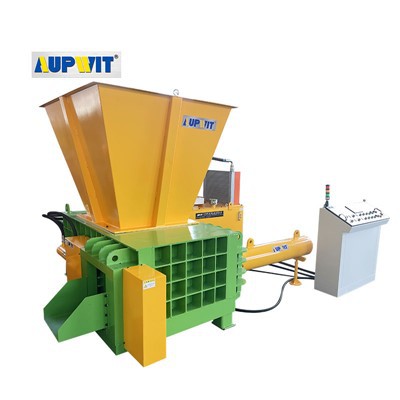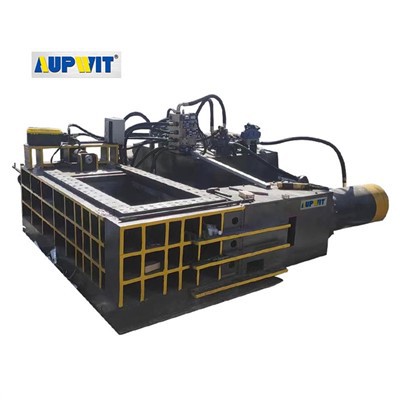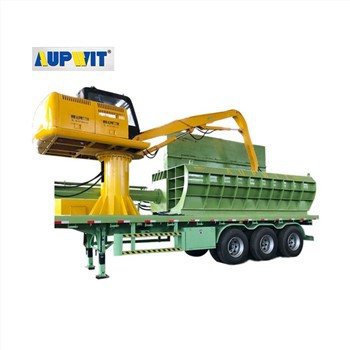Factors Influencing Crocodile Shear Blades Service Life
1. Material Characteristics
- Cutting hard materials (high-carbon steel, alloy steel, cast iron) accelerates blade wear due to increased friction and impact
- Processing abrasive materials containing dirt, rust, or weld spatter causes micro-abrasion on blade edges
- Shearing softer non-ferrous metals (aluminum, copper) exerts less stress on blades, extending lifespan
2. Blade Material & Manufacturing Quality
- High-grade tool steels (AISI D2, SKD11) with proper heat treatment offer superior hardness and wear resistance
- Precision grinding and edge honing ensure uniform cutting pressure distribution
- Low-quality materials or manufacturing defects lead to premature chipping or cracking
3. Operational Practices
- Excessive hydraulic pressure can overload blades, causing deformation or edge damage
- Insufficient pressure leads to incomplete cuts and increased friction
- Blade misalignment creates uneven stress and rapid wear on contact points
- Overloading with materials thicker than rated capacity shortens service life
4. Maintenance Factors
- Irregular sharpening allows dull blades to work harder, increasing wear
- Improper sharpening angles reduce cutting efficiency
- Failure to clean blades leads to debris buildup and corrosion
- Inadequate lubrication of pivot points increases operational friction
5. Environmental Conditions
- Humidity and exposure to corrosive substances can cause blade rust
- Proper storage and protective coatings preserve blade integrity
By systematically addressing these factors, operators can maximize the service life of crocodile shear blades, significantly reducing replacement costs and operational downtime.


